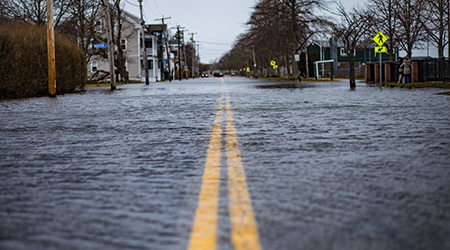The COVID-19 pandemic has highlighted the ever-present challenges of planning for, responding to and recovering from a crisis. To achieve these goals, healthcare workers depend on resilient facilities and flexible, fast response times when the unexpected occurs.
Facilities managers can mitigate a potential loss of services by prioritizing critical improvements and repairs to physical spaces before a disaster hits and having a fast and reliable construction strategy once it does, according to Health Facilities Management, and using a four step plan — assess, prioritize, align and enhance — can increase the chances for success.
Consider the importance of risk assessments, for example. Managers know the importance of conducting functional risk assessments of all potential hazardous scenarios that could be experienced by their institutions. The identification of external risks associated with patient surge, pandemics, terrorism, loss of utilities, acts of nature and other critical issues should include analysis and identification of any backlogs of capital renewal or aging infrastructure.

 Contaminants Under Foot: A Closer Look at Patient Room Floors
Contaminants Under Foot: A Closer Look at Patient Room Floors Power Outages Largely Driven by Extreme Weather Events
Power Outages Largely Driven by Extreme Weather Events Nemours Children's Health Opens New Moseley Foundation Institute Hospital
Nemours Children's Health Opens New Moseley Foundation Institute Hospital Code Compliance Isn't Enough for Healthcare Resilience
Code Compliance Isn't Enough for Healthcare Resilience Ribbon Cutting Marks First Phase Completion for New Montefiore Einstein Facility
Ribbon Cutting Marks First Phase Completion for New Montefiore Einstein Facility